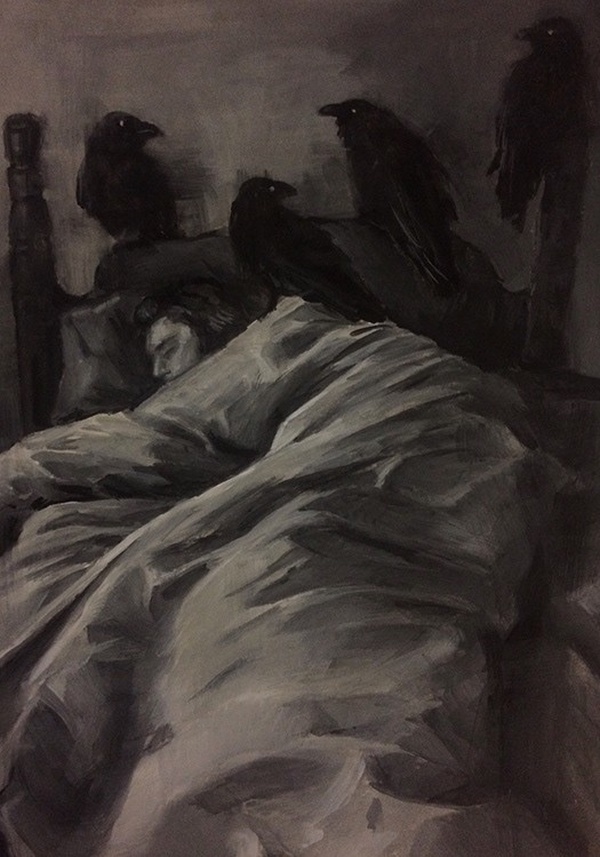
Late bloomers are children with LLE who catch up to their peers. Some researchers distinguish a subset of children with LLE as late bloomers. In order to make a differential diagnosis, consider hearing loss and monitor the child’s global development as well as cognitive, communication, sensory, and motor skill development. attention-deficit/hyperactivity disorder.LLE may evolve into other disabilities, such as

(See ASHA’s Practice Portal pages on Spoken Language Disorders and Written Language Disorders.) Children with LLE who have receptive and expressive delays are at greater risk for poor outcomes than children with LLE whose comprehension skills are in the normal range (Marchman & Fernald, 2013). Children with mixed expressive and receptive language delays show delays in oral language production and in language comprehension.Ĭhildren with LLE may be at risk for developing language and/or literacy difficulties. Children with expressive delays show delayed vocabulary acquisition and often show delayed development of sentence structure and articulation. Toddlers who exhibit LLE may also be referred to as "late talkers" or "late language learners."Ĭhildren with LLE may have expressive language delays only, or they may have mixed expressive and receptive delays. LLE is diagnosed when language development trajectories are below age expectations. Late language emergence (LLE) is a delay in language onset with no other diagnosed disabilities or developmental delays in other cognitive or motor domains.


See the Late Language Emergence Evidence Map for summaries of the available research on this topic. The scope of this page is late language emergence in children from 2 to 4 years of age.


 0 kommentar(er)
0 kommentar(er)
